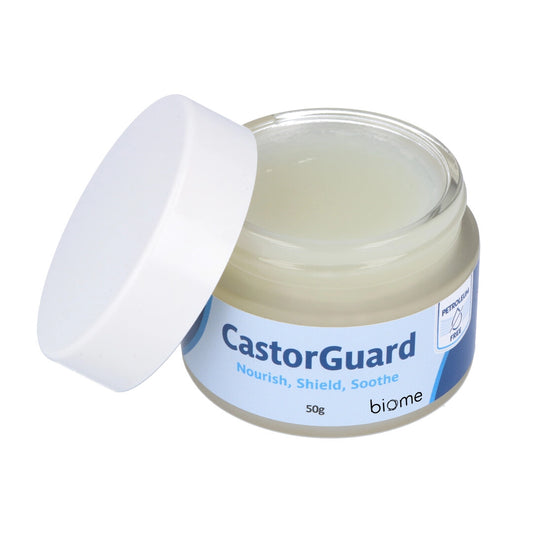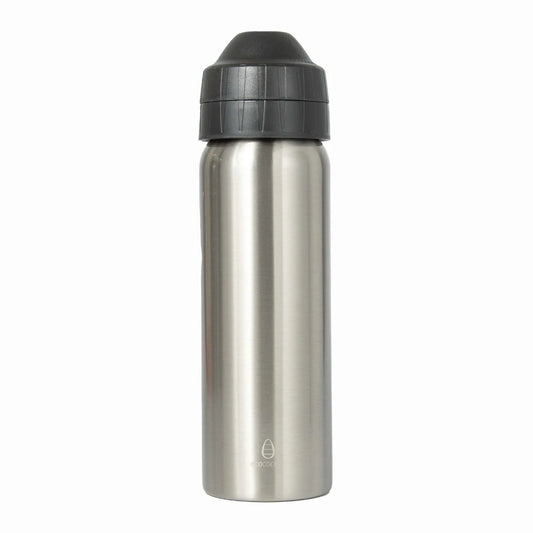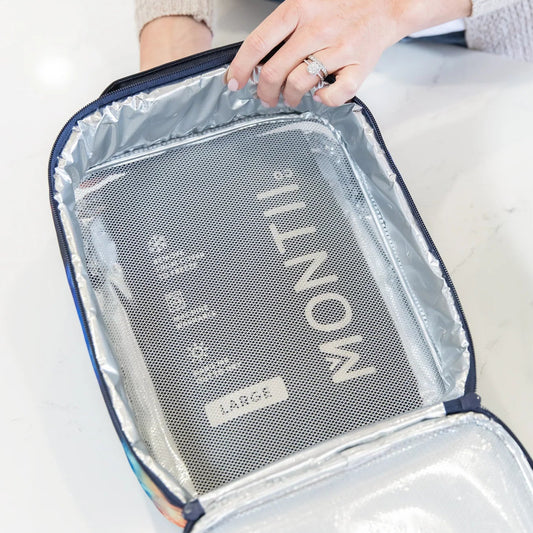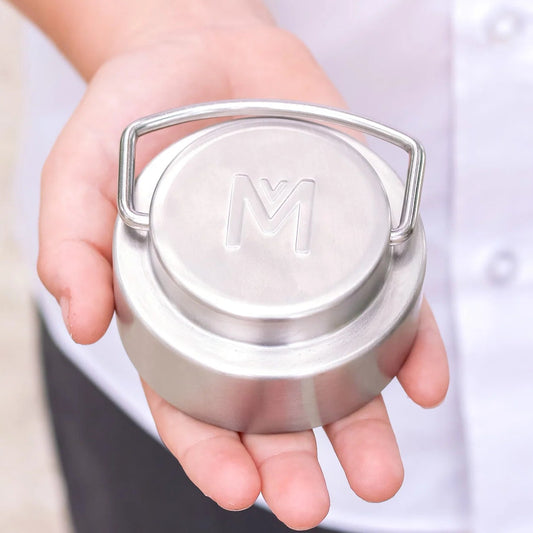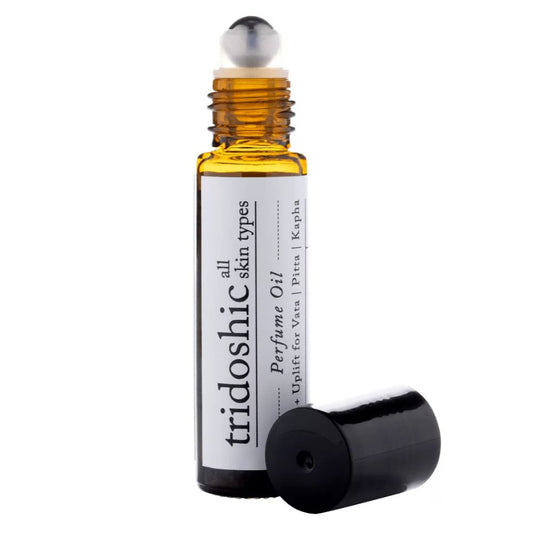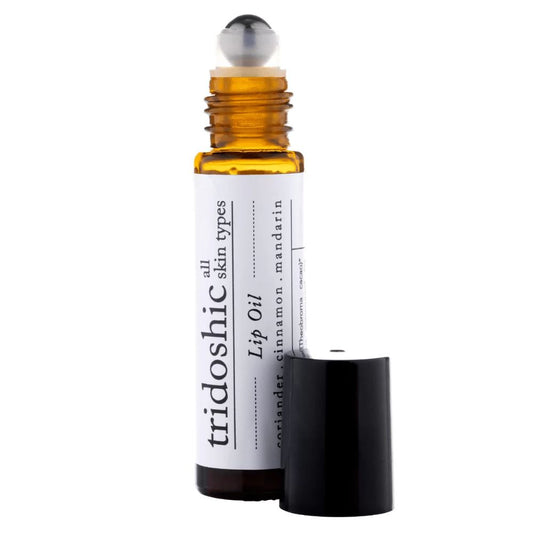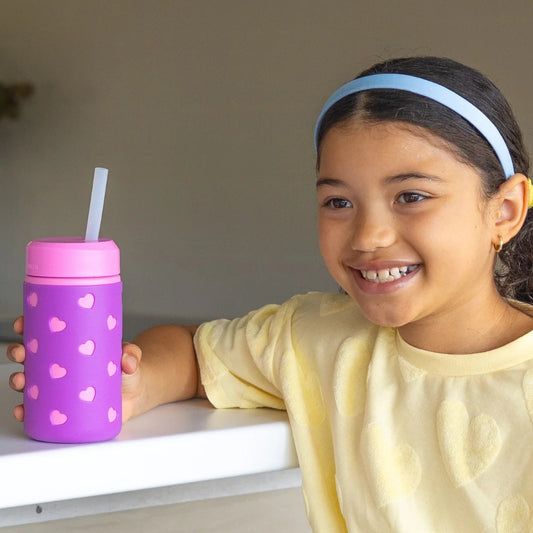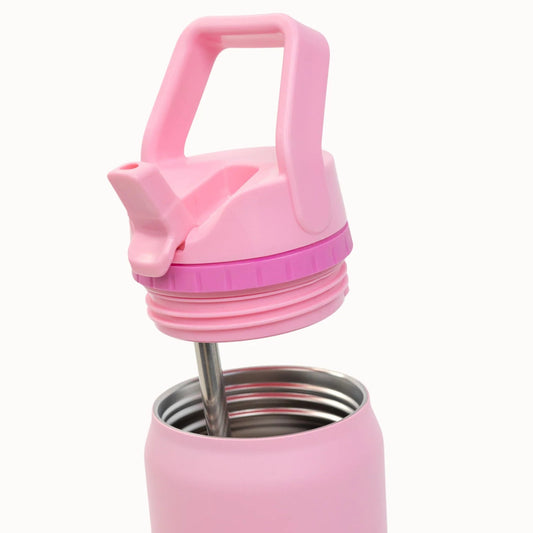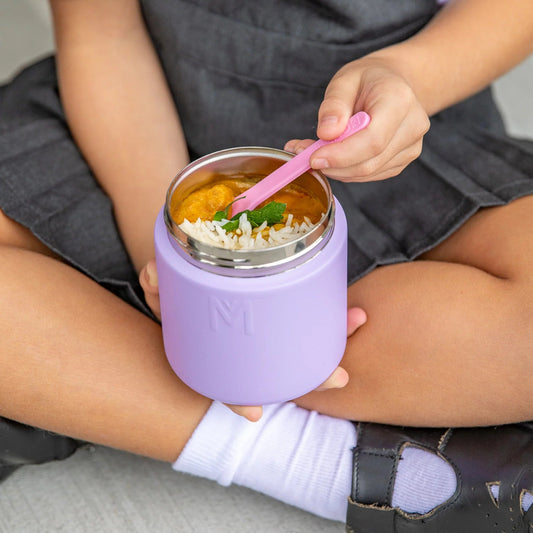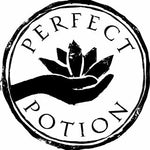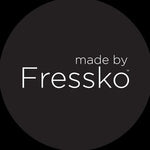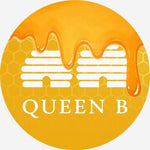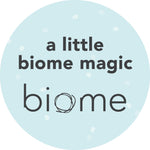
In a snapshot
- Vaseline was a 19th-century breakthrough that transformed skin care and likely saved countless people from infections at a time when medicine was limited.
- It worked by forming a barrier over the skin—locking out dirt and helping wounds stay undisturbed.
- It remains a petroleum-derived, non-renewable product.
- Plant-based balms like CastorGuard offer a modern alternative with renewable ingredients.
by Tracey Bailey, Biome Founder
A breakthrough discovery
It’s rare for a single product to change the way people care for their skin. But Vaseline did just that.
In the late 1800s, when antibiotics didn’t exist and doctors were scarce, chemist Robert Chesebrough discovered something extraordinary. Oil rig workers in Pennsylvania were using a waxy residue scraped from machinery to soothe cuts and burns. Curious, Chesebrough took it back to his lab, refined it, and in 1865 patented a unique triple purification process. The result was petroleum jelly—clear, odourless, and unlike anything else available.
By the 1870s it was being sold under the brand name Vaseline. Soon tins were selling at the rate of more than one a minute across the United States. It was marketed as “the handiest thing in the house”—and it earned that reputation.
A healing staple in every home
At a time when hygiene was patchy and infections could be fatal, Vaseline offered something simple yet powerful: a way to keep cuts, burns, and scrapes covered and protected.
Petroleum jelly was a cheap and versatile miracle cure. Mothers used it on babies, workers relied on it against harsh winters, and it was rubbed on everything from flyaway hair to cracked heels!
Why did Vaseline work so well?
Petroleum jelly didn’t kill germs the way a disinfectant would. Its value came from creating a barrier between broken skin and the outside world. That barrier:
- Locked in moisture – stopping wounds from drying out too quickly.
- Kept out dirt and dust – reducing exposure to outside irritants.
- Reduced friction – allowing delicate skin to stay undisturbed.
This is why Vaseline became a household miracle. It didn’t heal directly—it gave the body the environment it needed to take care of itself.
Is Vaseline made from crude oil?
Yes, petroleum jelly is a byproduct of crude oil refining.
That doesn’t take away from what Vaseline achieved. It’s one of the great examples of human ingenuity solving real problems.
But today, we are interested in how to get similar practical benefits without relying on petroleum.
Do plant-based balms like CastorGuard work the same way?
Yes—though the texture and feel are a little different. Plus, unlike petroleum, CastorGuard has added nourishment for your skin health.
CastorGuard is made entirely from plants: castor oil, hydrogenated castor oil (castor wax), carnauba wax, and coconut oil. Together, they create a balm lingers on the surface. This layer doesn't absorb straight away, and many notice that it stays in place longer than a typical moisturiser.
Castor wax and carnuaba wax are used in many cosmetic balms for their barrier properties and along with castor oil form a semi-occlusive protective barrier.
Why choose CastorGuard over Vaseline?
We fully support the use of Vaseline for medical needs where it’s recommended, but for hundreds of everyday uses—like lip care, dry patches, squeaky hinges and rusting tools—plant-based waxes and oils can do the job without relying on petroleum.
For many, the choice comes down to values. Vaseline is familiar, effective, and steeped in history. CastorGuard is renewable, in a glass jar, and aligned with a more sustainable lifestyle.
It’s not about one being right and the other wrong. Vaseline deserves its place in history as a life-changing invention. But just as medicine has advanced since 1870, so too have the choices we have in everyday skin care.
We like to think of it as bringing together old wisdom and new priorities.
FAQs
Q: What is petroleum jelly made from?
A: Petroleum jelly is refined from crude oil, a fossil fuel.
Q: How does petroleum jelly create a barrier?
A: The hydrocarbon molecules pack densely together. This creates a thick, oily matrix that sits on the surface of the skin, blocking out air and water.
Q: Is petroleum jelly the same as Vaseline?
A: Vaseline is the most well-known brand of petroleum jelly, but not all petroleum jelly products are Vaseline. Vaseline is purified using a specific process patented in the 1800s.
Q: Is Vaseline safe to use?
A: Yes, it’s purified for cosmetic use and widely considered safe. However, some prefer to avoid rubbing petrochemicals into their skin.
Q: What is CastorGuard made from?
A: CastorGuard is made from castor oil, castor wax, carnauba wax and coconut oil.
Q: Does CastorGuard feel the same as Vaseline?
A: They feel slightly different—Vaseline is greasier, while CastorGuard is slightly firmer and more waxy.
Q: Is Vaseline natural?
A: No. Vaseline is derived from crude oil, which is a fossil fuel. It’s refined and purified but not plant-based or renewable.
Q: What are natural alternatives to petroleum jelly?
A: Plant-based balms made from oils and waxes—such as castor oil, coconut oil, carnauba wax, and shea butter—are commonly chosen by people looking for a petroleum-free option.
Q: Why do some people prefer plant-based balms?
A: Many choose plant-based balms because they are made from renewable ingredients, often come in plastic-free packaging, and avoid petrochemicals.
Q: Does Biome offer other balms to replace petroleum rubs?
A: Yes. Biome makes:
CastorClear, a replacement for Vapour rubs that are based on petroleum jelly. And,
CastorGloss, a replacement for Vaseline Lip Therapy and other lip balms based on petrolatum.



